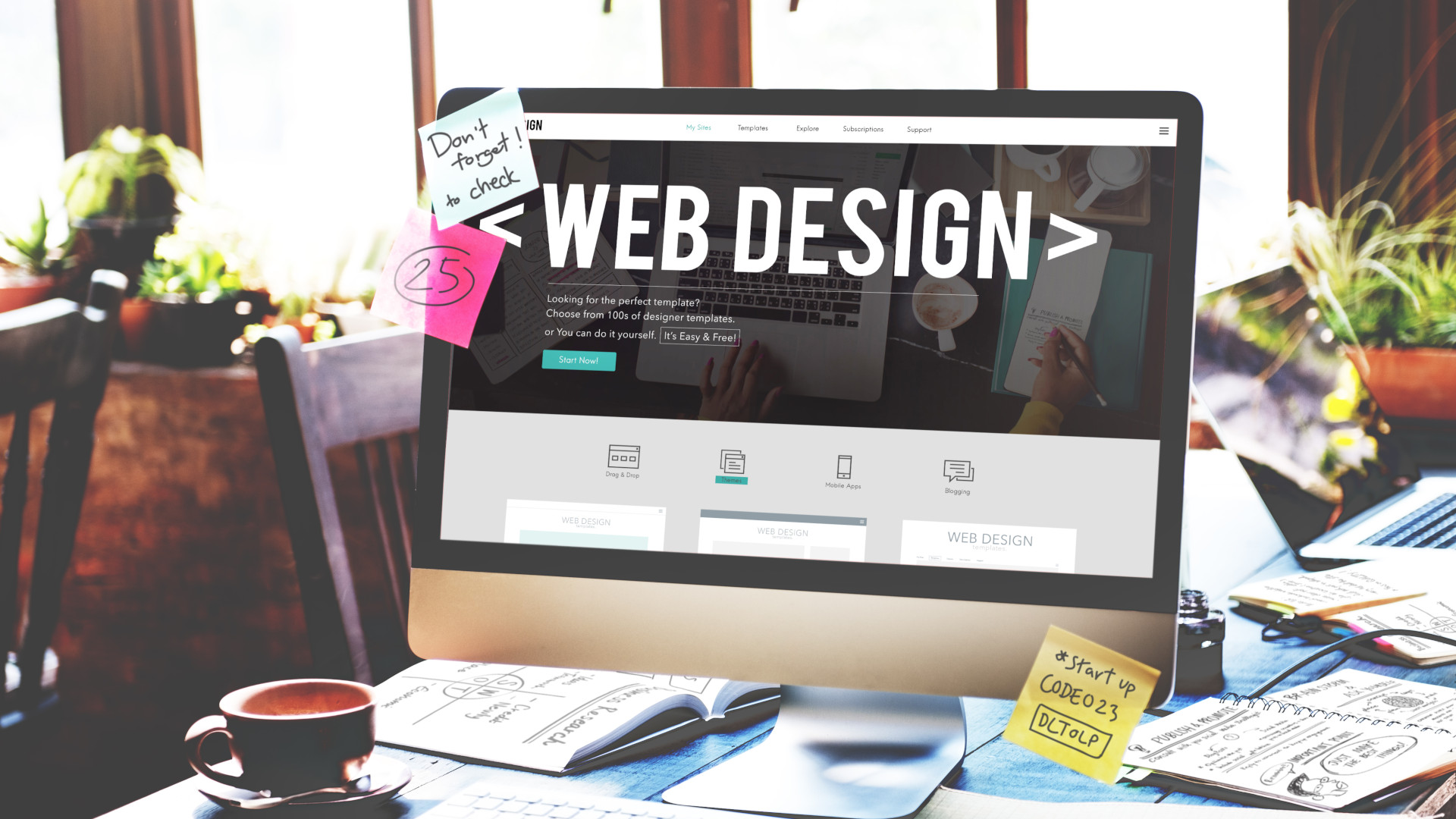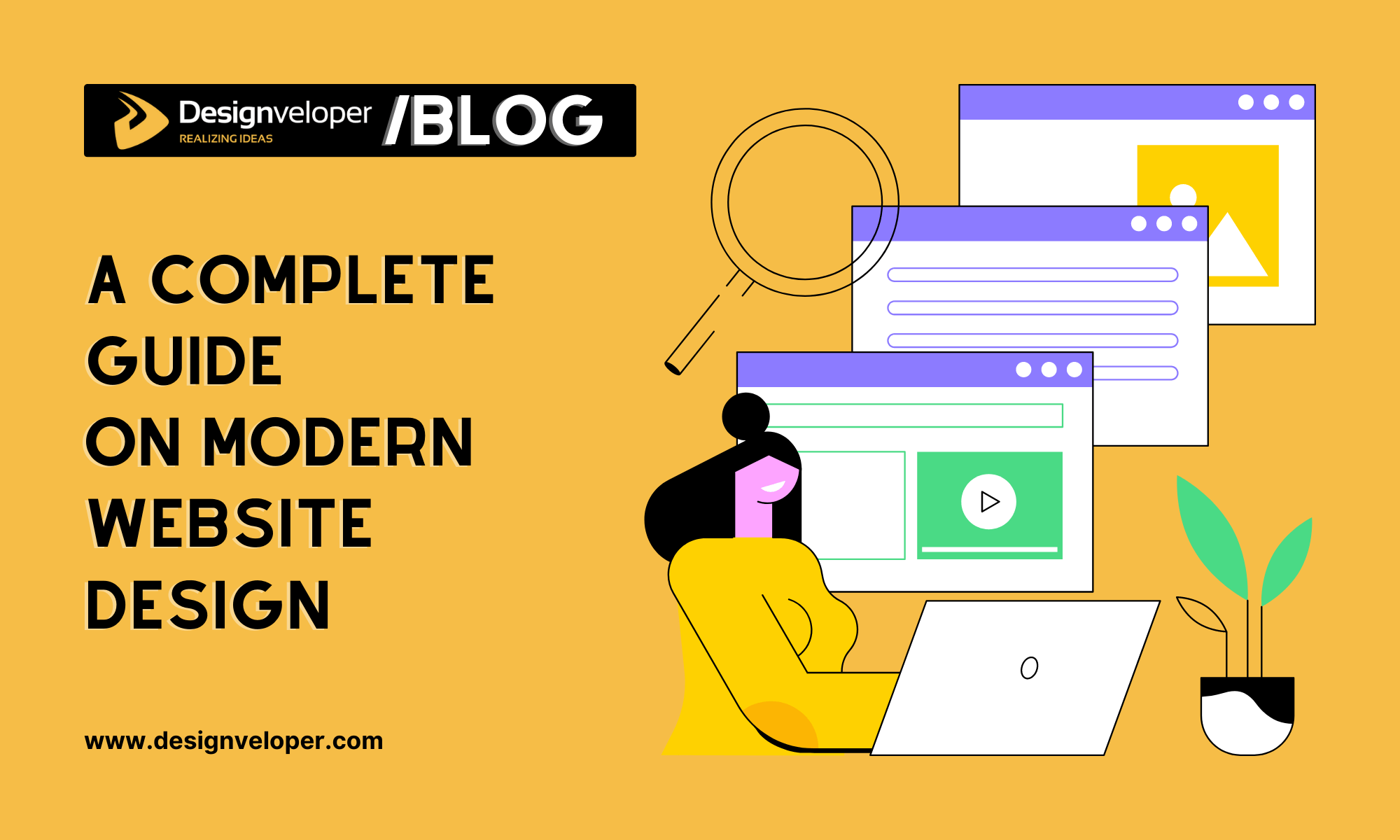Top Website Design in copyright Firms Offering Innovative Web Solutions
Vital Tips for Crafting High-Impact Web Site Styles
In the realm of electronic advertising and marketing, the design of a web site offers as a vital touchpoint for involving potential customers. To develop high-impact internet site designs, one should think about essential elements such as audience understanding, customer experience, and aesthetic power structure.
Understand Your Audience
Understanding your target market is basic to reliable website design. A web site that reverberates with its visitors is commonly the outcome of comprehensive research and insights into user preferences, behaviors, and demographics. Identifying target users enables designers to customize content, visuals, and capabilities that fulfill their details needs, boosting engagement and complete satisfaction.
To effectively understand your target market, begin by carrying out group analyses to collect information on age, gender, area, and rate of interests. This information works as a structure for producing individual characters, which represent the essential characteristics of your target market. These personas guide decision-making in design aspects and material method, making sure alignment with customer expectations.
In addition, examining individual habits through tools like Google Analytics can expose just how site visitors connect with your site. Metrics such as bounce prices and time on page can highlight areas that require improvement or adjustment. User studies and comments additionally offer vital understandings right into preferences and pain points.
Inevitably, a deep understanding of your audience is not just valuable yet necessary. It empowers designers to create even more pertinent, enticing, and functional sites that promote a positive individual experience and drive wanted end results.
Prioritize Customer Experience
When making a website, focusing on customer experience (UX) is vital to achieving both customer complete satisfaction and business objectives. A well-crafted UX makes sure that site visitors can navigate the website effortlessly, discover the details they require, and involve with content successfully. To accomplish this, it is important to embrace a user-centered layout approach that includes understanding individual needs, choices, and habits.
Begin by conducting thorough research, including individual studies and usability testing, to gather insights right into exactly how users connect with your website. This data ought to educate style choices, making sure that features and designs align with individual assumptions. Structured navigation is vital; visitors ought to have the ability to situate information swiftly without unneeded clicks or complication.

Finally, guarantee that your site is easily accessible to all customers, consisting of those with specials needs. Sticking to availability requirements not only broadens your audience however additionally fosters inclusivity. By prioritizing UX, you lay the structure for a successful site that satisfies both customer needs and business objectives.
Embrace Visual Power Structure
A well-structured visual pecking order plays a significant function in boosting customer experience by assisting site visitors' focus to the most essential components of a web site. By tactically arranging content, designers can develop a clear course for users to comply with, ensuring they engage with essential details properly.

Additionally, the positioning of components on the page is vital. Leading the visitor's look through the format can be attained by positioning vital information at the leading or view it in the center, where users generally start their visual journey. Including whitespace around components can additionally boost clearness, making it simpler for individuals to refine details without feeling bewildered.
Last but not least, using typography efficiently adds to visual power structure. Different font style weights, designs, and dimensions can signify relevance, directing individuals through the material effortlessly. By welcoming these concepts, developers can create an instinctive experience that promotes engagement and urges users to discover better.
Optimize for Mobile
Mobile optimization is essential in today's electronic landscape, as a substantial part of web website traffic originates from smart phones. To make certain a seamless customer experience, sites should be designed with mobile individuals in mind. This entails using responsive internet design methods that adjust the layout, photos, and message to fit various display sizes while maintaining capability and visual appeals.
First, focus on loading speed, as mobile individuals frequently run on slower networks. Maximize images and lessen code to boost performance. Additionally, navigating needs to be intuitive; consider carrying out a streamlined food selection that allows simple accessibility to crucial pages without overwhelming individuals.
Touch targets, such as links and buttons, must be appropriately sized, ensuring they are easily tappable without errors. Additionally, make sure that kinds are mobile-friendly by decreasing input areas and making use of dropdowns where relevant, simplifying the customer experience.
Lastly, examination your internet site throughout various mobile gadgets and web browsers to identify any kind of concerns that may affect use. By focusing on mobile optimization, you not only improve customer satisfaction yet likewise positively influence your website's online search engine ranking, hence drawing in more site visitors and improving overall involvement.
Implement Strong Branding
Creating a recognizable and natural brand is basic to developing a strong on-line presence. A distinct brand not only distinguishes you from competitors yet likewise cultivates depend visit on and loyalty amongst your audience. To apply solid branding, begin by developing a clear brand identification that envelops your goal, worths, and vision - website design copyright. This identification should be mirrored regularly throughout all digital touchpoints, including your web site, social networks, and email communications.
Visual aspects such as logo designs, color pattern, and typography play a crucial function in branding. Select a shade palette that resonates with your target audience and mirrors your brand name personality. Guarantee that your logo design is functional and prominently shown on your website, enhancing brand acknowledgment.
Web content is just as important; your tone of voice need to align with your brand identity, whether it's expert, friendly, or authoritative. Engaging storytelling can better strengthen your brand name, developing a psychological link with customers.
Conclusion
In verdict, crafting high-impact internet site styles necessitates a multifaceted strategy that includes understanding the target market, focusing on individual experience, and embracing aesthetic pecking order. By integrating these components, web sites can efficiently engage users, promote seamless navigation, and foster psychological links that enhance advice brand identification.
To create high-impact web site designs, one must think about essential components such as audience understanding, individual experience, and aesthetic power structure.When designing an internet site, prioritizing customer experience (UX) is vital to achieving both customer fulfillment and company purposes.Start by carrying out comprehensive research study, consisting of individual studies and usability testing, to collect insights into just how users connect with your site. To make certain a seamless individual experience, internet sites must be created with mobile customers in mind.In conclusion, crafting high-impact web site designs requires a diverse strategy that encompasses comprehending the target market, focusing on user experience, and embracing visual power structure.